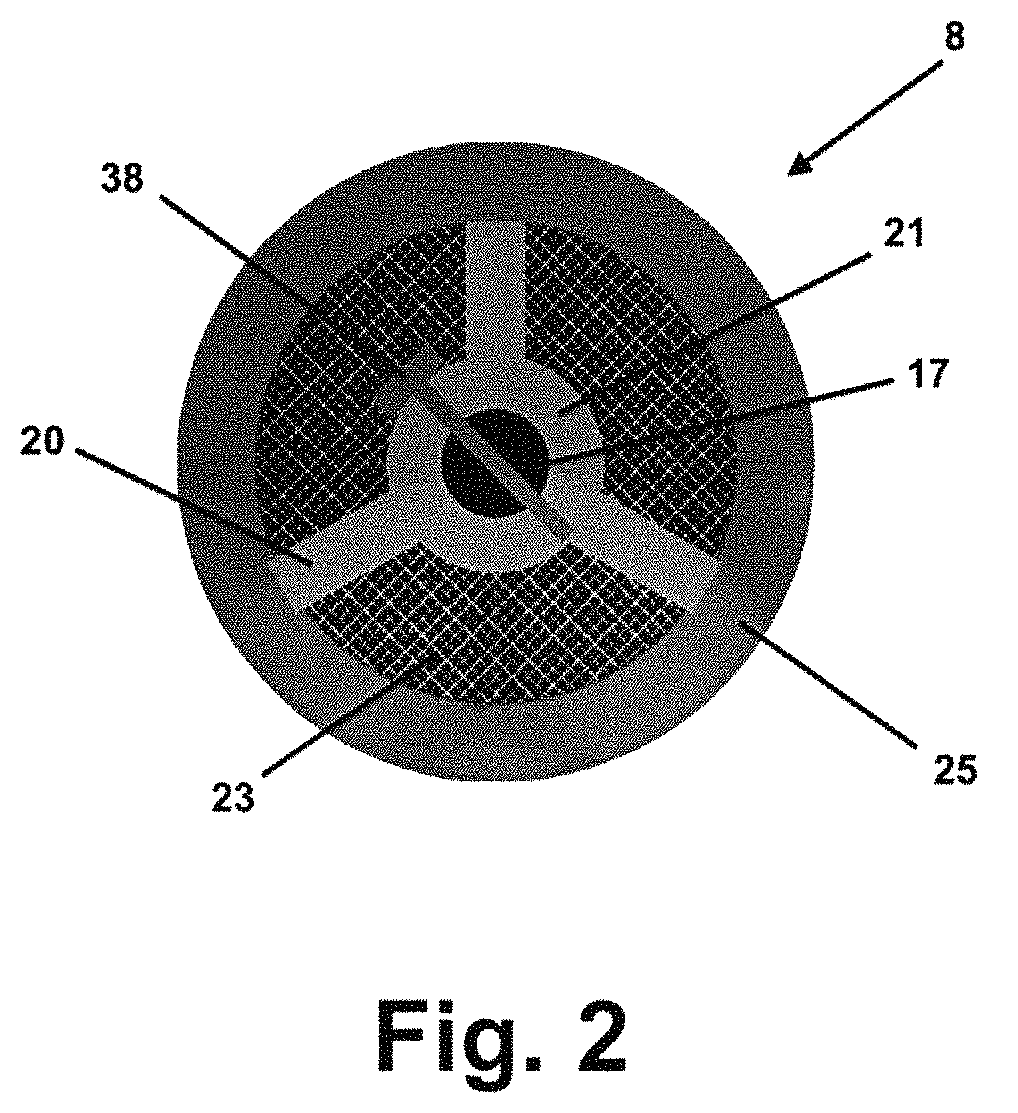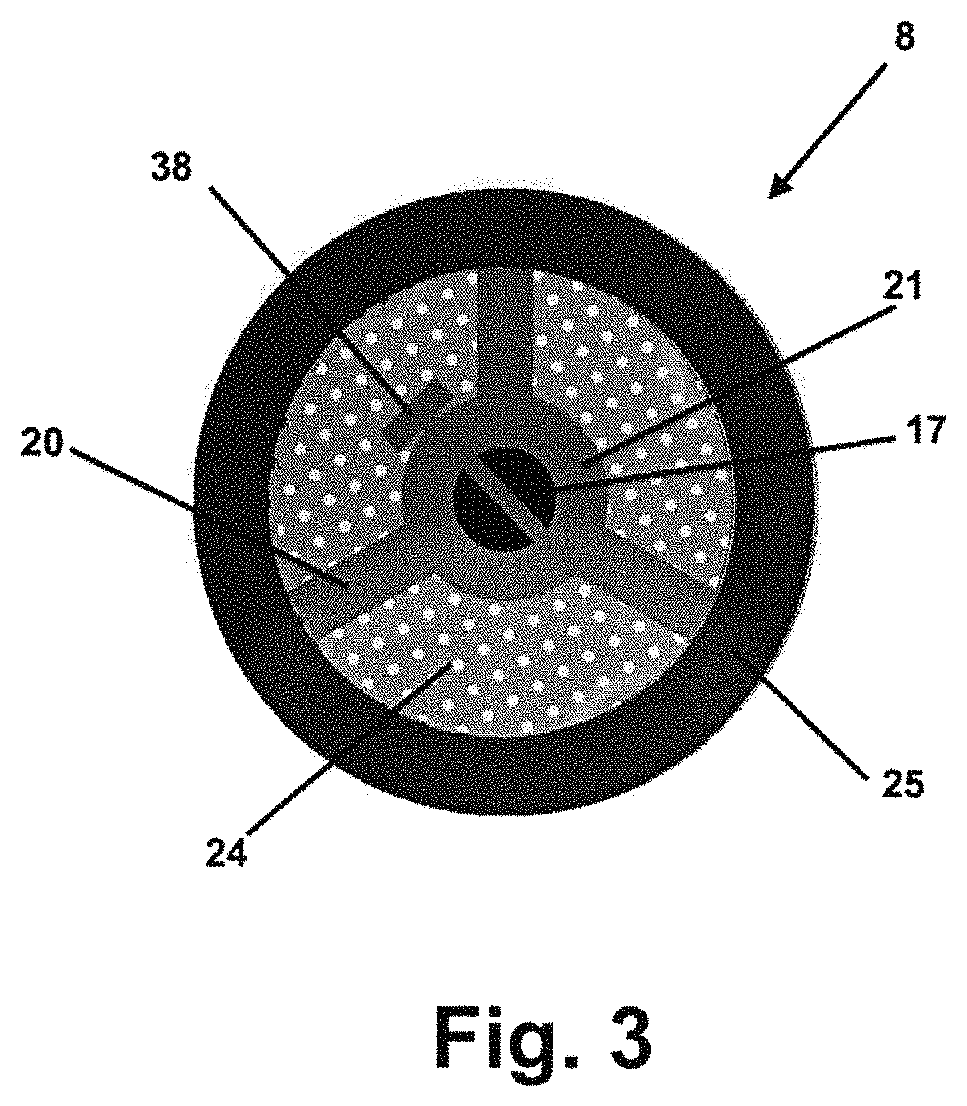Brush-sieve powder fluidizing apparatus for nano-size and ultra fine powders
a technology of fluidizing apparatus and powder, which is applied in the direction of packaging, packaging goods type, coatings, etc., can solve the problems of ultra-fine powders, nano-size materials, agglomeration of larger particles within the fluidized stream, and not concerned with maintaining a consistent flow over a wide distribution of particle sizes, etc., to achieve the effect of simplifying the manufacturing of the powder-fluidizing apparatus
- Summary
- Abstract
- Description
- Claims
- Application Information
AI Technical Summary
Benefits of technology
Problems solved by technology
Method used
Image
Examples
Embodiment Construction
[0029]In the following description of the preferred embodiments of the present invention reference is made to the accompanying drawings, which form a part hereof, and in which are shown, by way of illustration, specific embodiments in which the invention may be practiced. It is understood that other embodiments may be utilize and structural changes may be made without departing form the scope of the present invention.
[0030]In general, the present invention relates to a powder-fluidizing apparatus and process for feeding ultra-fine powders, including nano-size materials, and for feeding powders with a broad particle size distribution, in a uniform manner over a long period of time. The powders are fed into applicators such as coating and spray forming nozzles and guns. The present invention is embodied in a powder-fluidizing apparatus and process that employ novel techniques for feeding the aforementioned types of powders. These techniques will now be described in detail.
[0031]FIG. 1...
PUM
 Login to View More
Login to View More Abstract
Description
Claims
Application Information
 Login to View More
Login to View More - R&D
- Intellectual Property
- Life Sciences
- Materials
- Tech Scout
- Unparalleled Data Quality
- Higher Quality Content
- 60% Fewer Hallucinations
Browse by: Latest US Patents, China's latest patents, Technical Efficacy Thesaurus, Application Domain, Technology Topic, Popular Technical Reports.
© 2025 PatSnap. All rights reserved.Legal|Privacy policy|Modern Slavery Act Transparency Statement|Sitemap|About US| Contact US: help@patsnap.com



